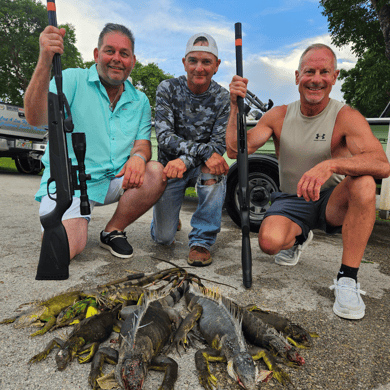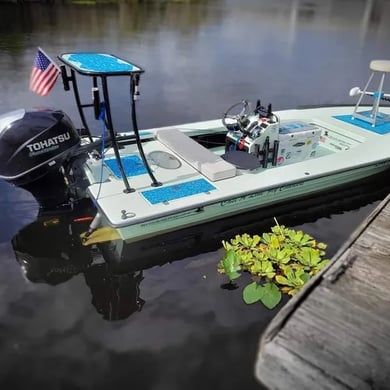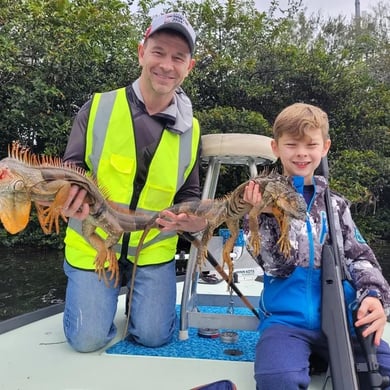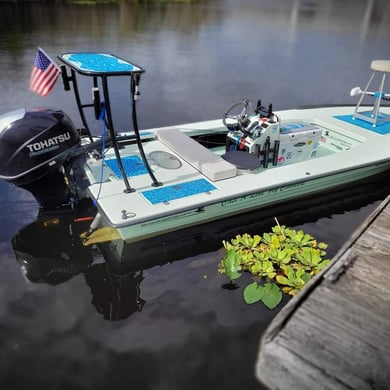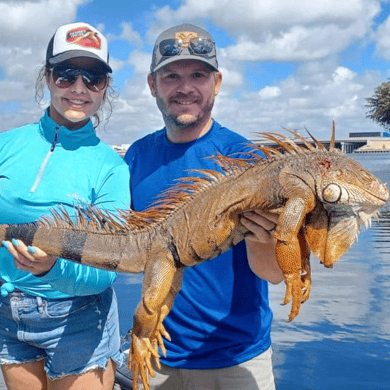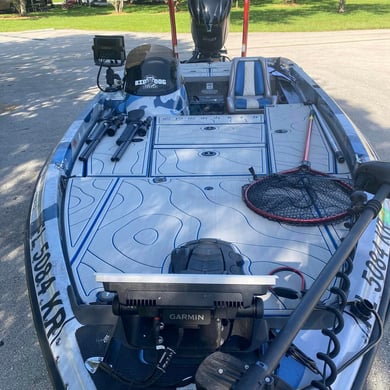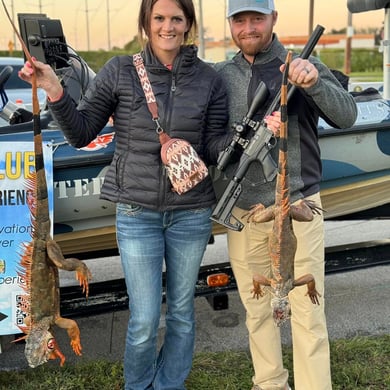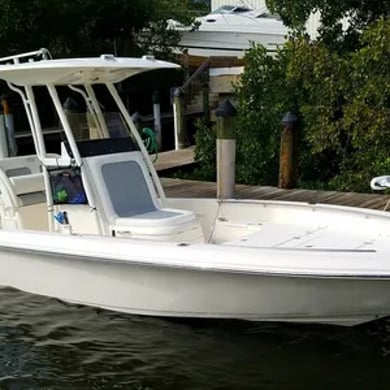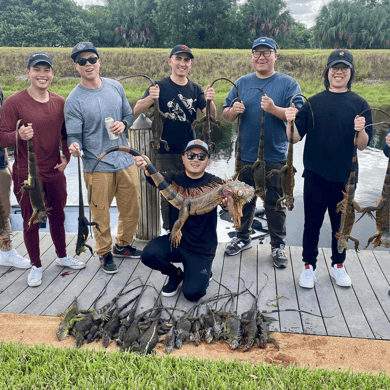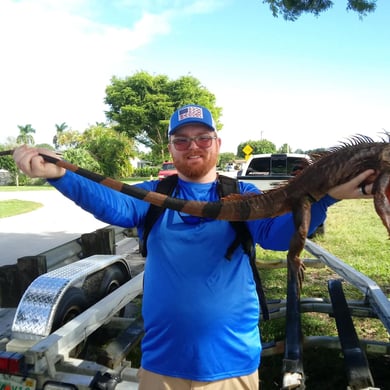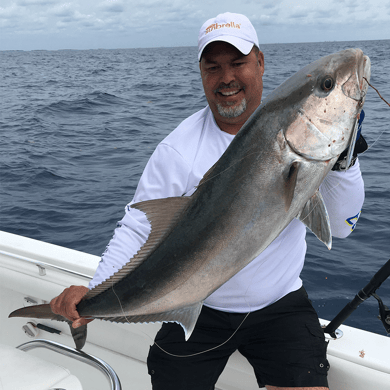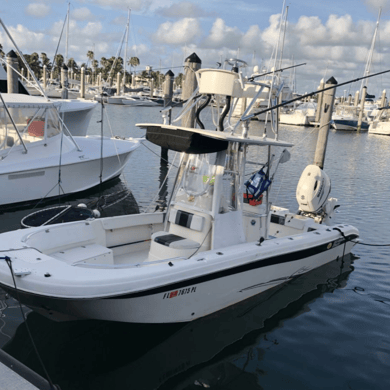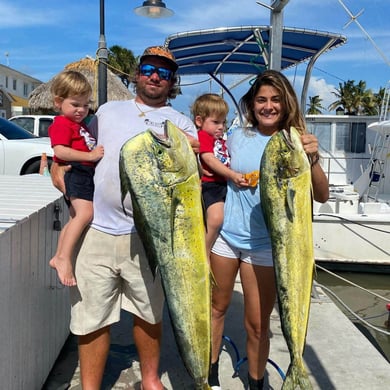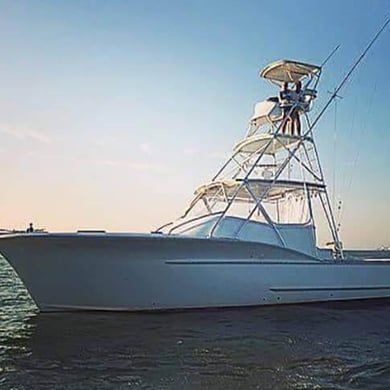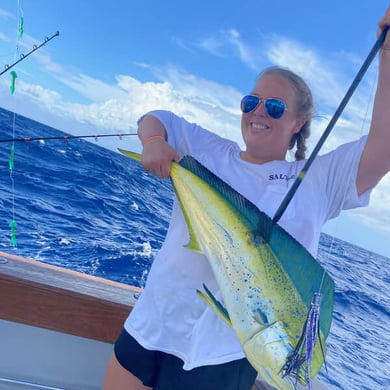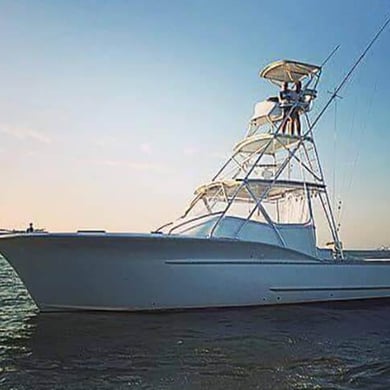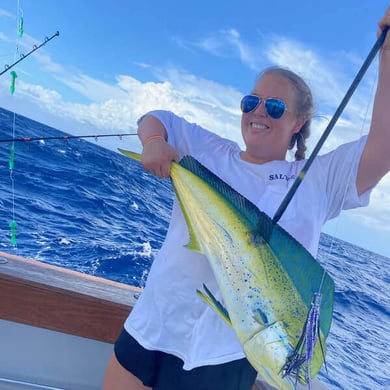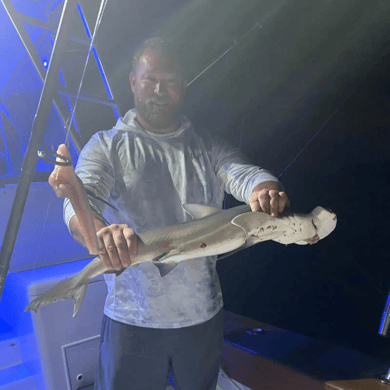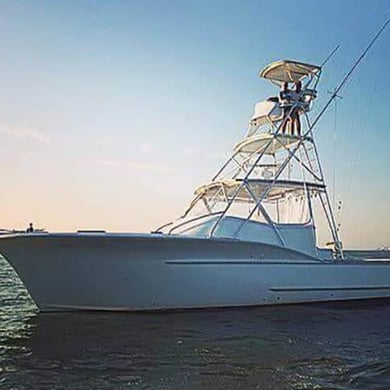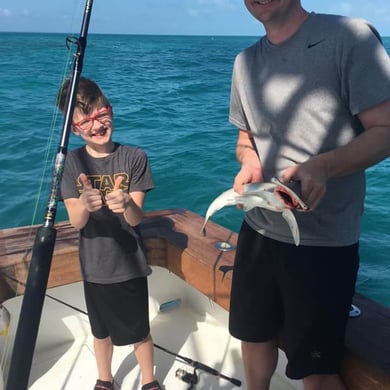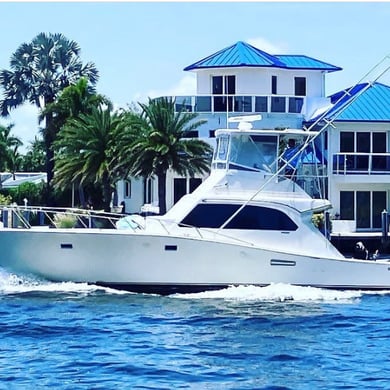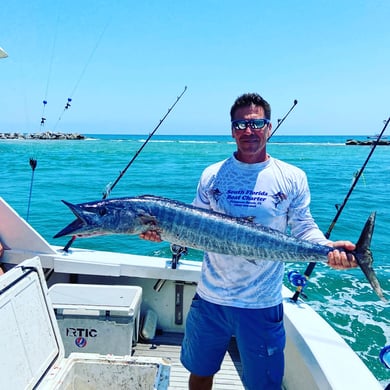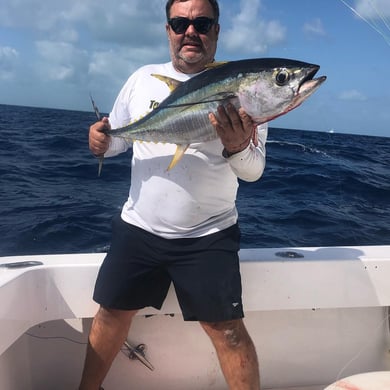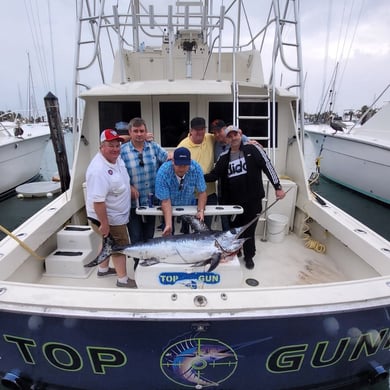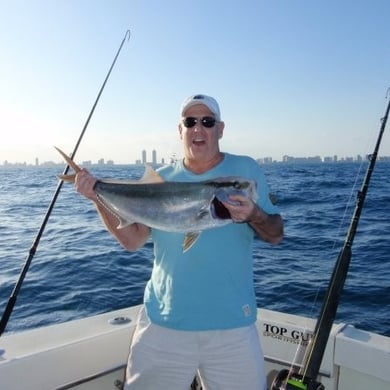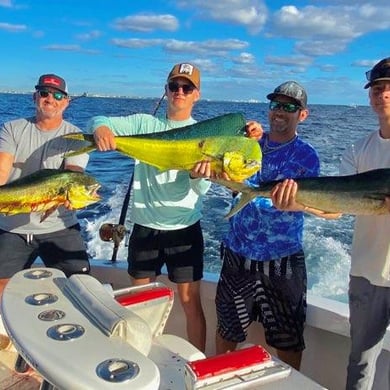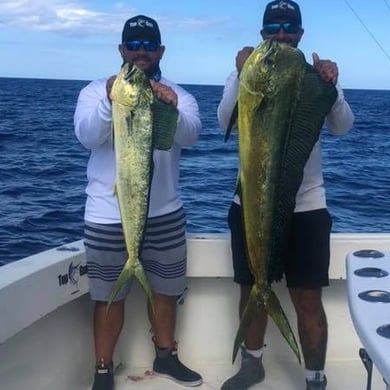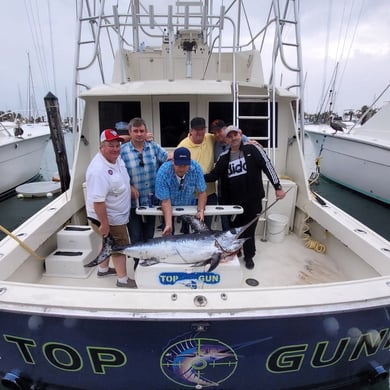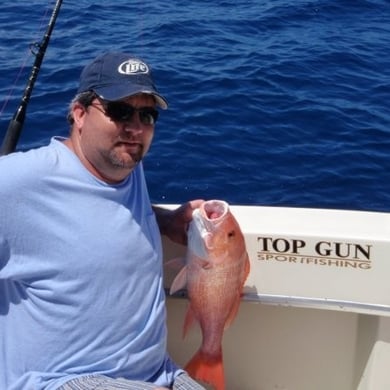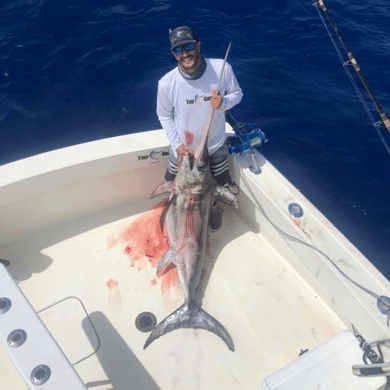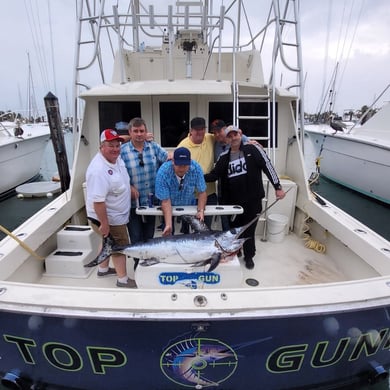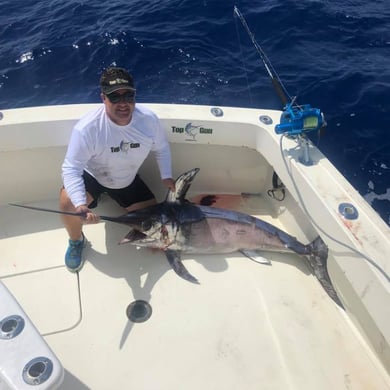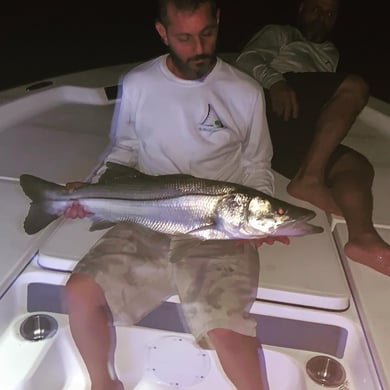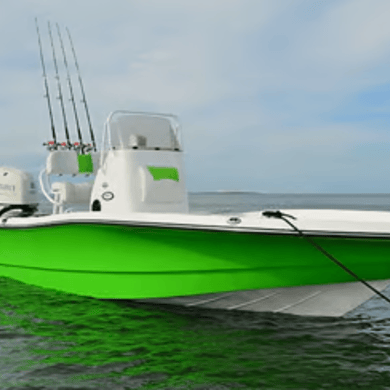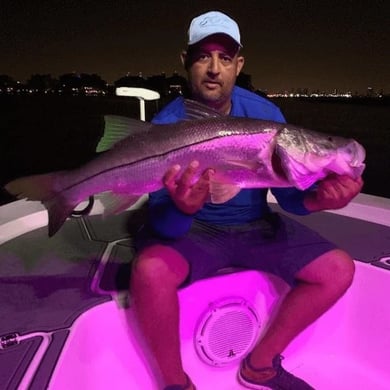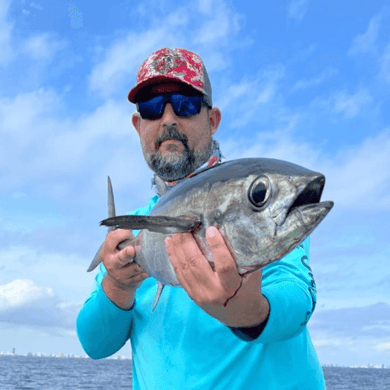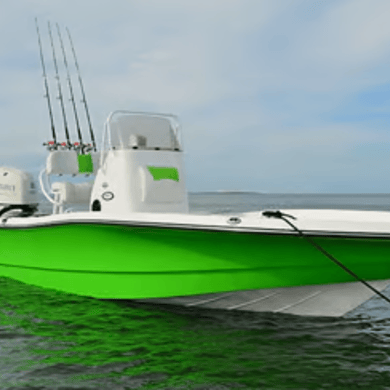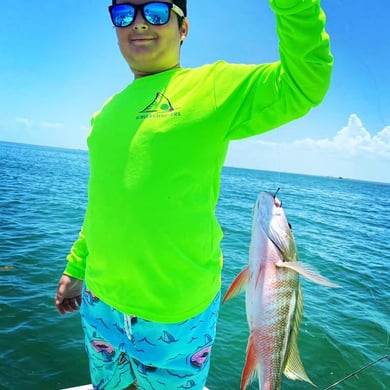Damn Good Guides
Experts Available 24/7
100% Weather Guarantee
Recently Booked Invasive Species Hunting Guides In Key Biscayne
Invasive Species Hunting in Fort Lauderdale
Elite Guided Air Rifle Iguana Hunts
“Our Damn Good Guides go above and beyond, and we’ve handpicked every single one. We’re passionate about the outdoors and look forward to getting you out on the trip of a lifetime, every time.”
Jonathan and Attison | Co-founders | Austin, Texas
Other Trips in Key Biscayne
Inshore, Nearshore Fishing in Key Largo
Sunset Shark & Tarpon Thrills
Need a Place to Stay?
Everything to Know About Booking a hunting trip in Key Biscayne
What are the best invasive species hunting trips in Key Biscayne?
The best invasive species hunting trips in Key Biscayne are:
Why should I book an invasive species hunting trip in Key Biscayne with Captain Experiences?
Our Damn Good Guides currently offer 5 invasive species trips in Key Biscayne, and the most popular trips in the area are Iguana Hunting guided by Justin, Cast and Blast Adventures guided by Justin, and Elite Guided Air Rifle Iguana Hunts guided by Gene.
Our guides in Key Biscayne are rated a 4.91 out of 5 based on 3784 verified reviews on Captain Experiences.
All guides on Captain Experiences are vetted by our team. You can access their reviews, click through trip photos, read bios to get to know them, and preview trip details like species, techniques, group sizes, and more.
Looking for kid friendly invasive species guides in Key Biscayne? Check out our beginner and family friendly invasive species guides in Key Biscayne.
What types of invasive species hunting trips are common in Key Biscayne?
The most commonly sought after species for invasive species hunting is iguana.
How much does a Key Biscayne invasive species hunting trip cost?
Prices for invasive species hunting in Key Biscayne can range anywhere from about $650 to $1,300, but the average price for a half day trip for invasive species hunting in Key Biscayne is $954. The average price for a full day trip for invasive species hunting in Key Biscayne is $988.
Is booking a hunting guide worth the money?
Hiring a guide provides a number of benefits and many choose to book a hunting guide for a combination of experience, local knowledge, convenience, and cost-effectiveness.
Working with experienced hunting guides who know the best local spots and techniques can dramatically increase your odds of a great day. Having someone who is outside every day and knows the area like the back of their hand is going to give you the best chances of success.
Booking a guide is also more cost effective, especially if you only get out a handful of times per year. When you consider all of the costs you would incur on your own such as the price of a boat, maintenance, insurance, gas, high-quality gear, repairs, and more, you’ll find that DIY is sometimes not worth the expense.
Even if you’ve got a great setup already in your backyard, booking a guide also provides a great opportunity to experience new techniques, new locations, or even a chance at a new target species to knock off the bucket list.
What month is best for invasive species hunting in Key Biscayne?
The most popular season for invasive species hunting in Key Biscayne is spring, and most hunters book their trips 63 days in advance.
Where can I look through all Captain Experiences trips?
See here to browse all the trips we offer.
What is invasive species hunting in Key Biscayne all about?
Invasive species hunting in Key Biscayne, Florida, is essential for maintaining the balance of the area’s diverse coastal and marine environments. Key Biscayne is home to a range of habitats, including mangroves, seagrass beds, and coral reefs, which are crucial for supporting native wildlife. However, the introduction of non-native species, such as the lionfish and the green iguana, poses significant challenges to these ecosystems. Lionfish, in particular, are known for their aggressive feeding habits and rapid reproduction, which can disrupt local fish populations and coral reefs.
To address these challenges, hunters and divers in Key Biscayne actively engage in the removal of lionfish. Spearfishing is a common method used to capture these invasive predators, helping to reduce their numbers and lessen their impact on the local marine life. The clear waters around Key Biscayne make it easier to spot and target lionfish, enabling effective control measures. By removing these invasive fish, the local community contributes to preserving the health and biodiversity of the marine environment.
In addition to managing lionfish, invasive species hunting in Key Biscayne also involves controlling populations of non-native reptiles, such as the green iguana. These iguanas can cause damage to vegetation and disrupt local ecosystems. Wildlife management teams and local conservation groups use traps and other methods to capture and remove these reptiles. Through coordinated efforts, Key Biscayne aims to protect its natural habitats and ensure the continued vitality of its native species. Invasive species hunting plays a crucial role in maintaining the ecological balance and preserving the beauty of this coastal region.
What are the most popular months to go invasive species hunting in Key Biscayne?
Invasive species hunting in Key Biscayne is a key strategy for preserving the island's unique ecosystems and maintaining its natural beauty. The area faces challenges from several invasive species, including the lionfish, which pose a significant threat to local marine life. These voracious predators can disrupt the balance of the coral reefs and native fish populations. To address this, hunting for lionfish is usually emphasized from spring to fall, when the fish are more active and conditions are optimal for divers.
In addition to marine invaders, Key Biscayne also deals with invasive plant species such as the Brazilian pepper tree, which can rapidly spread and outcompete native vegetation. Efforts to manage these plants involve ongoing removal activities throughout the year. Local environmental organizations and community groups frequently organize volunteer events to tackle these invasive species, helping to restore and protect the natural landscapes of the island.
Overall, invasive species hunting in Key Biscayne is essential for safeguarding the health of the region’s ecosystems. By removing these harmful species, local conservationists and volunteers play a crucial role in preserving the island’s biodiversity and ensuring that both marine and terrestrial habitats remain balanced and resilient. These efforts contribute to the long-term sustainability of Key Biscayne’s natural environments, benefiting both wildlife and local communities.
What techniques are popular for invasive species hunting in Key Biscayne?
In Key Biscayne, invasive species hunting involves a variety of techniques tailored to manage different non-native species impacting the local environment. One of the primary invasive species targeted is the lionfish, which poses a significant threat to marine ecosystems. Hunting lionfish typically involves spearfishing, where divers use specialized gear to capture these predatory fish. The practice requires skill and knowledge of the local reef structures, as lionfish are commonly found among the coral reefs and rocky areas around Key Biscayne. Removing lionfish helps protect native fish populations and restore ecological balance.
Another invasive species in Key Biscayne is the green iguana. These large reptiles are often managed through trapping and removal techniques. Hunters use live traps to capture iguanas, which are then relocated or humanely euthanized. This approach helps control their population and prevent damage to landscaping and native vegetation. Regular monitoring of areas where iguanas are known to frequent is essential for effective management and ensuring that their numbers are kept in check.
Additionally, controlling invasive plant species, such as the Brazilian pepper tree, requires different techniques. Mechanical removal is often employed, where the trees are cut down and their stumps treated to prevent regrowth. In some cases, herbicides may be used to manage large infestations. Removing these invasive plants helps restore native plant communities and maintain the health of local ecosystems. The combination of targeted hunting and habitat management techniques ensures that Key Biscayne’s diverse environments are protected from the impacts of invasive species.
What species are popular for invasive species hunting in Key Biscayne?
In Key Biscayne, invasive species hunting is an essential task for preserving the local marine ecosystem. One prominent invasive species in the area is the Lionfish. These fish are native to the Indo-Pacific region and have become a significant threat to native fish populations in the Atlantic Ocean and the Caribbean. They are known for their venomous spines and voracious appetite, which can lead to a decline in local fish diversity. Spearfishing is the most effective method for catching Lionfish in Key Biscayne. Divers target these fish among coral reefs and wrecks, where they tend to congregate. Removing Lionfish helps protect the balance of the marine ecosystem and supports the health of native species.
Another invasive species in Key Biscayne is the Blue Tilapia. Originally introduced for aquaculture, these fish have established populations in local freshwater and brackish environments. Blue Tilapia can negatively impact native fish species and aquatic plants by competing for resources and altering habitats. Anglers targeting Blue Tilapia often use a combination of rod and reel with live bait or artificial lures. Bowfishing can also be effective in shallow areas where these fish are more likely to be spotted. By controlling the Blue Tilapia population, anglers contribute to maintaining the ecological balance of local waterways.
Additionally, the Northern Snakehead, though less common in the brackish waters of Key Biscayne, poses a potential threat. Snakeheads are aggressive predators that can outcompete native fish species. Effective hunting of Northern Snakeheads typically involves rod and reel techniques, using live bait or lures designed to attract them. Anglers may focus their efforts in areas with dense vegetation or slow-moving waters where Snakeheads are more likely to be found. Managing the population of this invasive species is crucial for protecting the local fish community and ensuring the long-term health of the aquatic ecosystem.
Recent Reviews
Featured Cities
- Fishing Charters Near Me
- Austin Fishing Guides
- Biloxi Fishing Charters
- Bradenton Fishing Charters
- Cabo San Lucas Fishing Charters
- Cancun Fishing Charters
- Cape Coral Fishing Charters
- Charleston Fishing Charters
- Clearwater Fishing Charters
- Corpus Christi Fishing Charters
- Dauphin Island Fishing Charters
- Daytona Beach Fishing Charters
- Destin Fishing Charters
- Fort Lauderdale Fishing Charters
- Fort Myers Fishing Charters
- Fort Walton Beach Fishing Charters
- Galveston Fishing Charters
- Gulf Shores Fishing Charters
- Hatteras Fishing Charters
- Hilton Head Fishing Charters
- Islamorada Fishing Charters
- Jacksonville Fishing Charters
- Jupiter Fishing Charters
- Key Largo Fishing Charters
- Key West Fishing Charters
- Kona Fishing Charters
- Madeira Beach Fishing Charters
- Marathon Fishing Charters
- Marco Island Fishing Charters
- Miami Fishing Charters
- Montauk Fishing Charters
- Morehead City Fishing Charters
- Naples Fishing Charters
- New Orleans Fishing Charters
- New Smyrna Beach Fishing Charters
- Orange Beach Fishing Charters
- Panama City Beach Fishing Charters
- Pensacola Fishing Charters
- Pompano Beach Fishing Charters
- Port Aransas Fishing Charters
- Rockport Fishing Charters
- San Diego Fishing Charters
- San Juan Fishing Charters
- Sarasota Fishing Charters
- South Padre Island Fishing Charters
- St. Petersburg Fishing Charters
- Tampa Fishing Charters
- Tarpon Springs Fishing Charters
- Venice Fishing Charters
- Virginia Beach Fishing Charters
Didn't Find What You Were Looking For?
Our guides are Damn Good Guides, which means they’re vetted by our team of outdoor experts who know them on a first-name basis. We hand pick each and every one of them, and our network spans all across the US and beyond.
The proof is in the pudding, and we’re incredibly proud of our 4.9 / 5 average review score. Hit the button below to see more trip options:
